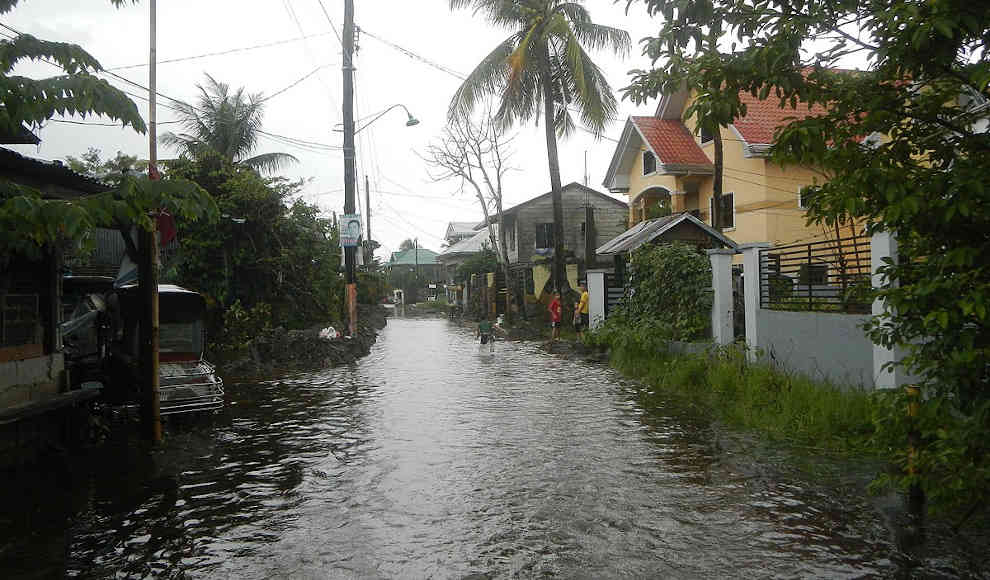The monsoon season is a crucial source of water for tropical regions, but it is also responsible for frequent and severe flooding. Climate change has caused an increase in monsoon rainfall, with precipitation rising between eight and 25 percent per degree of global warming, depending on the region. Until recently, it was unclear whether the increase in flooding was due to natural variability or climate change. However, a study by the Massachusetts Institute of Technology in 2017 provided evidence that the stronger monsoon in India was caused by global warming. Now, researchers from the Chinese Academy of Sciences have published a study in the Journal of Climate that examines the impact of climate change on all monsoon regions.
The study analyzed data from over 5,000 weather stations from 1901 to 2010 to determine whether there was a correlation between regional and global temperature changes and maximum rainfall. The researchers found that there were significant increases in extreme rainfall for all global monsoon regions. The data showed clear regional connections between global warming and higher precipitation levels, which remained robust even when factors such as time intervals and measurement points were altered. In India and Pakistan, rainfall during the monsoon season increased by 7.9 to 8.3 percent per degree of global warming, while in South Africa, the increase was between 10.4 and 14.2 percent, and in South America, it was between 15.1 and 24.8 percent.
The researchers concluded that their analysis provides clear evidence of a link between climate change and increasing monsoon rainfall. However, they also noted that factors such as aerosols, urbanization, and natural climate variability can also influence heavy rainfall. Therefore, it is essential to investigate these factors further, as the monsoon season affects almost two-thirds of the world’s population.










